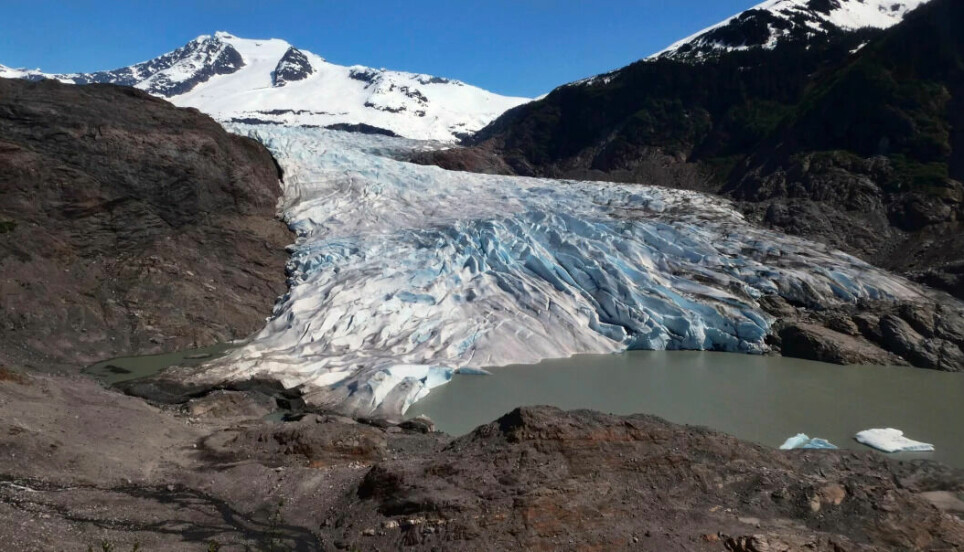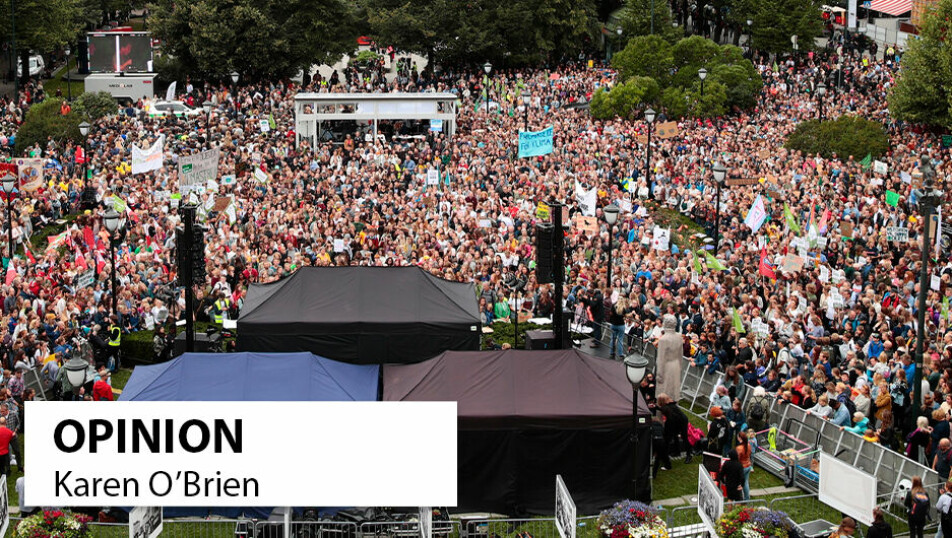
Half of the world's glaciers may be gone by 2100
Even if the 1.5°C target in the Paris Agreement is reached, half of the world's glaciers could be history by the end of the century, new research shows.
It is especially the smaller glaciers that are in danger of disappearing, the new study published in Science shows. This study is the most extensive work on the future of the world's 215,000 glaciers completed so far.
The authors of the study emphasise the importance of cutting the world's greenhouse gas emissions in order to limit the consequences of glacier melting – such as sea level rise and the depletion of water resources.
The study looks at four scenarios where the global average temperature increases by 1.5, 2, 3 and 4 degrees respectively.
“Doomed anyway”
“Every increase in temperature ensures more melting,” Regine Hock, co-author of the study, tells AFP. She is associated with the University of Oslo and Fairbanks University in Alaska, USA.
“But this also means that if you reduce the increase in temperature, the loss of the glaciers will be reduced. In that sense, there is also some hope,” she says.
The goal of global warming being limited to 1.5°C compared to pre-industrial levels is the most ambitious in the Paris Agreement. Nevertheless, 49 per cent of the world's glaciers will disappear.
This corresponds to approximately 26 per cent of the world's total glacier mass, as the smallest glaciers will disappear first.
“Places with relatively little ice such as in the European Alps, the Caucasus, the Andes or the western United States will lose all their ice by the end of the century regardless of the emissions scenario. So those glaciers are doomed anyway,” Hock says.
Pessimistic
Currently, the average global temperature is projected to increase by 2.7°C.
If the global temperature increase is 4 degrees, 83 per cent of the world's glaciers will disappear, according to research.
The study's estimates are more pessimistic than those of UN climate experts. The researchers have arrived at them by observing the mass of each glacier over several decades, and by computer simulation.
Despite the discouraging findings, Hock says it is possible to avoid the worst losses.
“Whether it happens or not is up to the world's decision-makers,” she says.
———
Translated by Alette Bjordal Gjellesvik.
Read the Norwegian version of this article on forskning.no
------



































